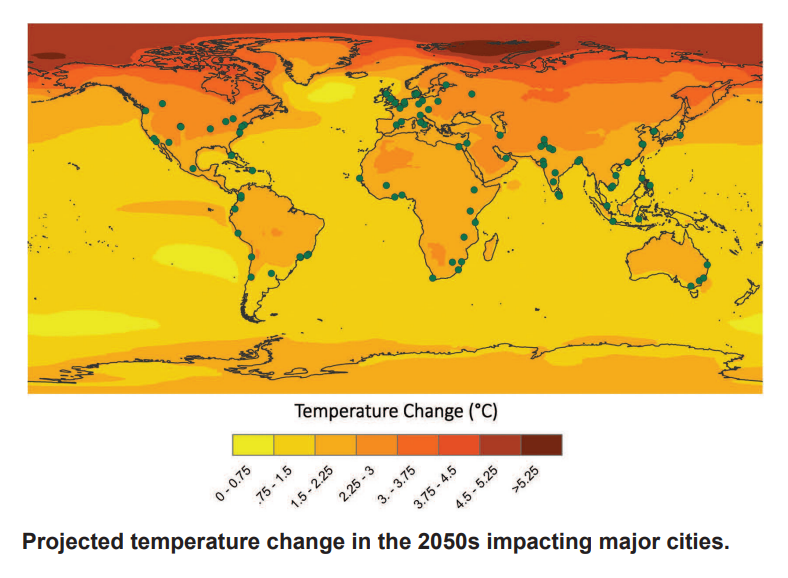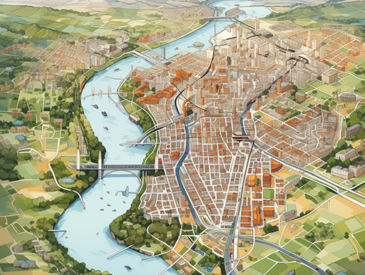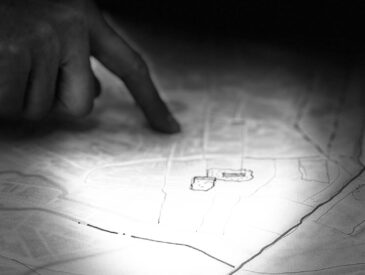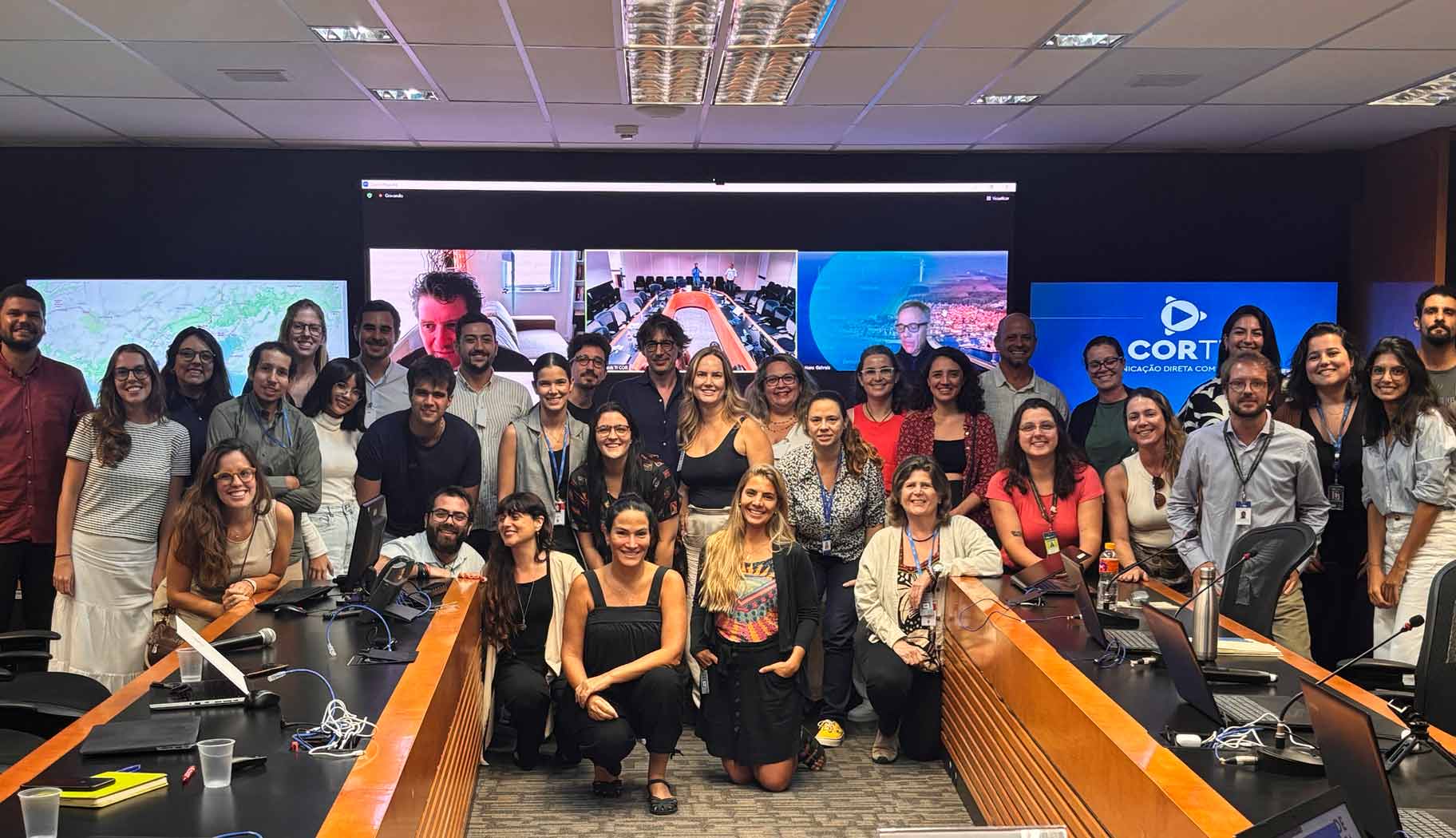Key Points
- Etymology and meaning of “resilient“.
- 5 Pathways of urban transformation to building a resilient city.
- Adaptive strategies for urban designers provided by UCCRN.
- Case studies of resilient cities: Naples, New York, Paris.

Resilient city Definition
Resilient, from the latin verb resilire, is the adjective derived from the noun resilience that refers to “the ability of people or things to recover quickly after something unpleasant” (from the Oxford Learner’s Dictionaries). So what’s the meaning of resilient city? A resilient city is a city able to contain any environmental hazards associated with climate change through the implementation of adaptation and mitigation strategies.
So, how is UCCRN involved in the topic of resilient cities? The international purpose of UCCRN is to provide science-based informations to decision-makers in cities around the world. In this way, institutions all over the world can prepare cities for climate change and make them resilient through adaptation and mitigation policies. The ARC3 by UCCRN, an assessment report on climate change and cities, represents a new “science into action” model for integrating climate change into highly complex urban areas.
5 Pathways for a resilient city
Only through pathways of transformation cities can rise to the dual challenge of protecting their vulnerable populations and economic activities from increasing climate risks while taking actions to reduce GHG emissions, the root cause of climate change.
1 Integrate Mitigation and Adaptation: actions that reduce greenhouse gas emissions while increasing resilience are a win-win.
2 Coordinate Disaster Risk Reduction and Climate Change Adaptation: Disaster risk reduction and climate change adaptation are the cornerstones of resilient cities.
3 Co-generate Risk Information: Risk assessments and climate action plans co-generated with a full range of stakeholders and scientists are most effective.
4 Focus on Disadvantaged Populations: Needs of disadvantaged and vulnerable citizens should be addressed in climate change planning and action.
5 Advance Governance, Finance, and Knowledge Networks: Developing robust city institutions, advancing city creditworthiness, and participating in city research and action networks enable climate action.
Adaptive strategies for urban designers
Urban climate must be a major factor in the planning and design of contemporary cities. The Urban Planning and Design working group of the UCCRN, within the Second Assessment Report on Climate Change and Cities (ARC3.2), has proposed a design methodology aimed at mitigating emissions while bringing adaptive benefits (Raven et al., 2018). Experimental activities conducted in a series of urban design Studios and Workshops allowed to deepen, through application on case study areas, the proposed design principles and the transfer opportunities into other urban contexts. The activities have been conducted in New York City, Paris and Napoli by the Urban Climate Lab at the New York Institute of Technology, the Multi-Scale Building Technology Studio at Politecnico di Milano and the researchers of Department of Architecture of Università di Napoli Federico II.
Climate resilient design principles provide urban designers with a portfolio of “adaptive mitigation” strategies outlining the main correlations between climate risk conditions and intervention priorities:
- Efficiency of urban systems: urban waste heat and greenhouse gas emissions from infrastructure can be reduced by implementing low-carbon and near-zero energy solutions for buildings, transportation and industry.
- Form and layout: modifying the form and layout of buildings and urban districts can provide cooling and ventilation that reduces energy use.
- Heat resistant construction materials: selecting low heat capacity and high thermal inertia materials and reflective coatings can improve building performance by managing heat exchange at the surface; outdoor pavements with high albedo contribute to the reduction of the heat island effect.
- Vegetative cover: increasing green areas in buildings and open spaces can simultaneously lower outdoor temperatures, building cooling demand, runoff, and pollution, while sequestering carbon; the integration of green areas and permeable paved surfaces contributes to reduce the overloading of sewage systems.
Resilient city Examples
New York
- New York, the case study of Midtown West is part of the large Hudson Yards project, which involves the construction, over an area of 11 hectares, of about 2 million m2 of mixed-use covered areas and about 6 hectares of open spaces for public use, for over 20 billion dollars of total investment.
Paris
- The case of Paris is intended to link the policies proposed by the Ville de Paris for a “densification acceptable” – to be implemented on the areas owned by the SNCF occupied by tracks and railway stations – and the “transition énergétique”, exemplified by the Clichy-Batignolles eco-quartier – an area of 54 hectares, 3,400 new houses, 10 hectares of public park and about 300,000 m2 of covered surfaces for offices, trade and public facilities.
Naples
- In the case of Naples, the eastern area object of the study represents the main opportunity of urban expansion close to the city center, where numerous Urban Plans concern the redevelopment of the brownfield area and the regeneration of the suburban districts of Ponticelli, Barra and S. Giovanni a Teduccio. Over €100 million are potentially available from European funds (ESF and ERDF, with particular reference to the OP-METRO 2014-2020), considering the high presence of households in conditions of housing, social and economic poverty.
References
- Leone, M., & Raven, J. (2018). Multi-scale and adaptive-mitigation design methods for climate resilient cities. TECHNE – Journal of Technology for Architecture and Environment, (15), 299–310.
- Oxford Learner’s Dictionaries
- Rosenzweig, C., Solecki, W., Romero-Lankao, P., Mehrotra, S., Dhakal, S., & Ali Ibrahim, S. (Eds.). (2018). Climate Change and Cities: Second Assessment Report of the Urban Climate Change Research Network. Cambridge University Press.
- Rosenzweig, C., Solecki, W., Romero-Lankao, P., Hammer, S., & Mehrotra, S. (Eds.). (2011). Climate Change and Cities: First Assessment Report of the Urban Climate Change Research Network. Cambridge University Press.





